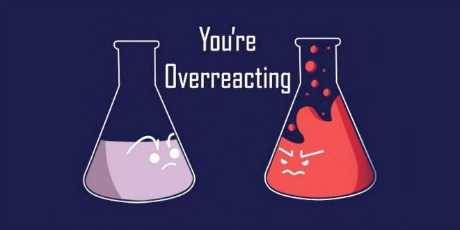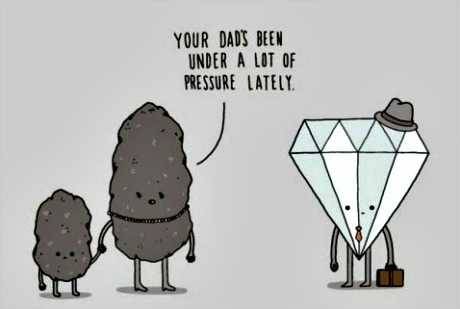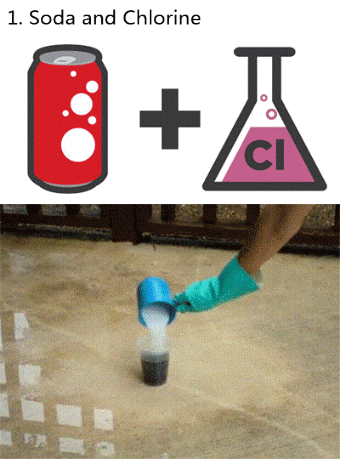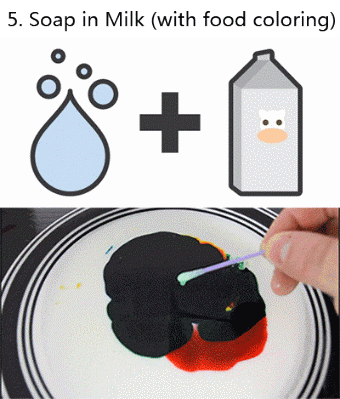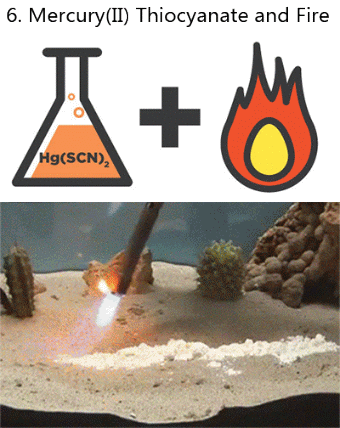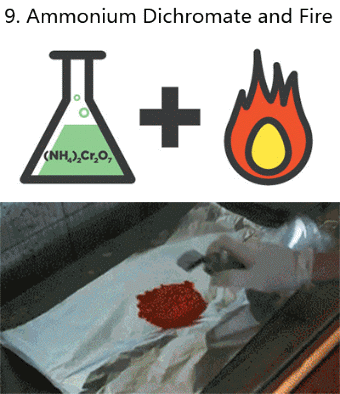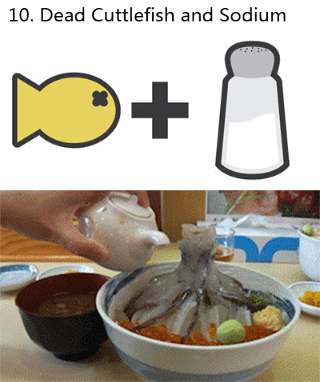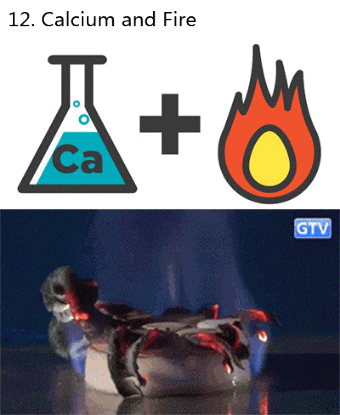Please Subscribe, Like, Comment, And Donate! Next Episode April 1, 2017. Stay Tuned For Bloopers From
Please subscribe, like, comment, and donate! Next episode April 1, 2017. Stay tuned for Bloopers from this episode on March 25 , 2017. Starring: Candice Lola Directed by Rebecca Berger Produced by Rebecca Berger and Candice Lola Written by Candice Lola Editing, Color, Sound Design by Rebecca Berger Animation by Rachael K McDonald Links: Music: http://ift.tt/1JICaNj and http://ift.tt/2lquxdO http://ift.tt/2lINlQJ http://ift.tt/2lqtjzr http://ift.tt/2lIL08B http://ift.tt/2lqvuCQ (Donations are always welcome!) http://ift.tt/2lITyw7 http://ift.tt/2lqvQJO
More Posts from Drunkscience4u and Others









The First Galaxies: What We Know And What We Still Need To Learn
“As we look farther back in time, we find that younger galaxies formed stars at faster rates than galaxies do today. We can measure the star-formation rate, and find that at earlier and earlier times, it was more intense. But then we find it hits a peak when the Universe is about two billion years old. Go younger than that, and the rate goes down again.”
We’ve come incredibly far in our quest to learn how the Universe came to be the way it is today. We can see out in space for tens of billions of light years, to galaxies as they were when the Universe was only a few percent of its present age. We can see how galaxies evolve, merge and the stars inside change. And we can see to even before that, when no stars or galaxies existed at all. But how did we get from there to here? There are still plenty of gaps in the story. We’ve never seen the first stars or galaxies; we’ve never witnessed the start of cosmic reionization; we’ve never seen the star formation rate jump from zero to a real, finite number. Yet with James Webb and WFIRST on the horizon, these gaps in our knowledge may – if we’re lucky – all disappear.
Come get the story on what we know about the first galaxies, and what we hope and have left to still learn!
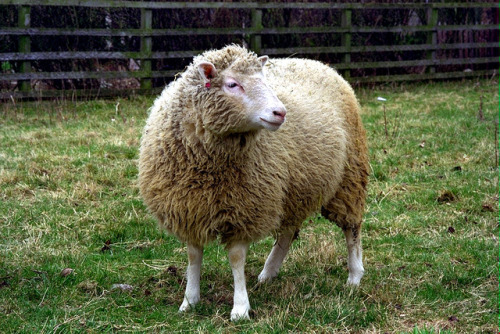
Dolly at 20
Twenty years ago today on February 22, 1997, Ian Wilmut, Keith Campbell and colleagues at the Roslin Institute, announced the existence of a 7 month old sheep named Dolly, the product of cloning. She was cloned using and adult cell and born on July, 5, 1996 and raised under the auspices of the UK Ministry of Agriculture and Scottish company PPL Therapeutics. A Dorset Finn sheep, Dolly lived for six and half years before she was euthanized due to illness. Dolly was created with a process called somatic cell nuclear transfer, in which a donor cell (in this case and adult cell from another sheep) has the nucleus removed that is then transfered into an unfertilized egg cell (an oocyte) which in turn has had its cell nucleus removed to make way for the donor nucleus. The host cell is then stimulated and implanted into a host sheep for gestation. Although other animals had been cloned before Dolly, Dolly is celebrated as the first ‘clone’ because her donor cell came from an adult cell.

The word clone entered English as a noun used in botany in 1903 from the Ancient Greek word klon (κλον) meaning a twig or spray, related to klados (κλαδος) meaning a sprout, young offshoot, branch. Botanists used the word to describe the results of the techique of grafting a shoot of one plant or tree onto another. The word clone (verb) wasn’t used until 1959, and it wasn’t until the 1970s that clone was used in connnection with animals and humans. Since Dolly, scientists have successfully cloned many other animals, including pigs, horses, goats, and deer.
Image of ‘v’ graft courtesy ghadjikyriacou, via flickr, used with permission under a Creative Commons 3.0 license.

It's been a while, right?? Well, it's been an interesting year. We're in the process of uploading all the episodes to vimeo. The first trailer is up. Go check it out again! Episodes are up weekly starting February 5. If you really want to help us out, please donate to http://ift.tt/2lqvuCQ #drunkscience #vimeo #webseries #science http://ift.tt/2FNIWrk
Please subscribe, like, comment, and donate! Next episode March 18. 2017. Stay tuned for Bloopers from this episode on March 11, 2017. Starring: Candice Lola Directed by Rebecca Berger Produced by Rebecca Berger and Candice Lola Written by Candice Lola Editing, Color, Sound Design by Rebecca Berger Animation by Rachael K McDonald Links: Music: http://ift.tt/1JICaNj and http://ift.tt/2lquxdO http://ift.tt/2lINlQJ http://ift.tt/2lqtjzr http://ift.tt/2lIL08B http://ift.tt/2lqvuCQ (Donations are always welcome!) http://ift.tt/2lITyw7 http://ift.tt/2lqvQJO
Quick screenshot of episode 2, dropping on Saturday morning at 10:30!! Whew! #drunk #science #funny #jokes #experiments #blerd #rockets #aerodynamics http://ift.tt/2nK23sn
Please subscribe, like, comment, and donate! Stay tuned for Bloopers from this episode on April 22, 2017. This was the last episode of this season. Keep an eye out on the facebook page for more information on Season 2. Please comment below for any experiments or simple science you'd like us to explain while drunk! Starring: Candice Lola Directed by Rebecca Berger Produced by Rebecca Berger and Candice Lola Written by Candice Lola Editing, Color, Sound Design by Rebecca Berger Animation by Rachael K McDonald Links: Music: http://ift.tt/1JICaNj and http://ift.tt/2lquxdO http://ift.tt/2lINlQJ http://ift.tt/2lqtjzr http://ift.tt/2lIL08B http://ift.tt/2lqvuCQ (Donations are always welcome!) http://ift.tt/2lITyw7 http://ift.tt/2lqvQJO
-
 shurikenship reblogged this · 8 years ago
shurikenship reblogged this · 8 years ago -
 tropic-of-calculus liked this · 8 years ago
tropic-of-calculus liked this · 8 years ago -
 sandyfrog121 reblogged this · 8 years ago
sandyfrog121 reblogged this · 8 years ago -
 southwaffles reblogged this · 8 years ago
southwaffles reblogged this · 8 years ago -
 gh0st-l0ve reblogged this · 8 years ago
gh0st-l0ve reblogged this · 8 years ago -
 lordrebeccasama reblogged this · 8 years ago
lordrebeccasama reblogged this · 8 years ago -
 not-thesheriffssecretpolice reblogged this · 8 years ago
not-thesheriffssecretpolice reblogged this · 8 years ago -
 drunkscience4u reblogged this · 8 years ago
drunkscience4u reblogged this · 8 years ago
The official page of Drunk Science! An enthusiastic host performs simple experiments and then humorously explains the science behind the result, all while visibly drunk.
126 posts

